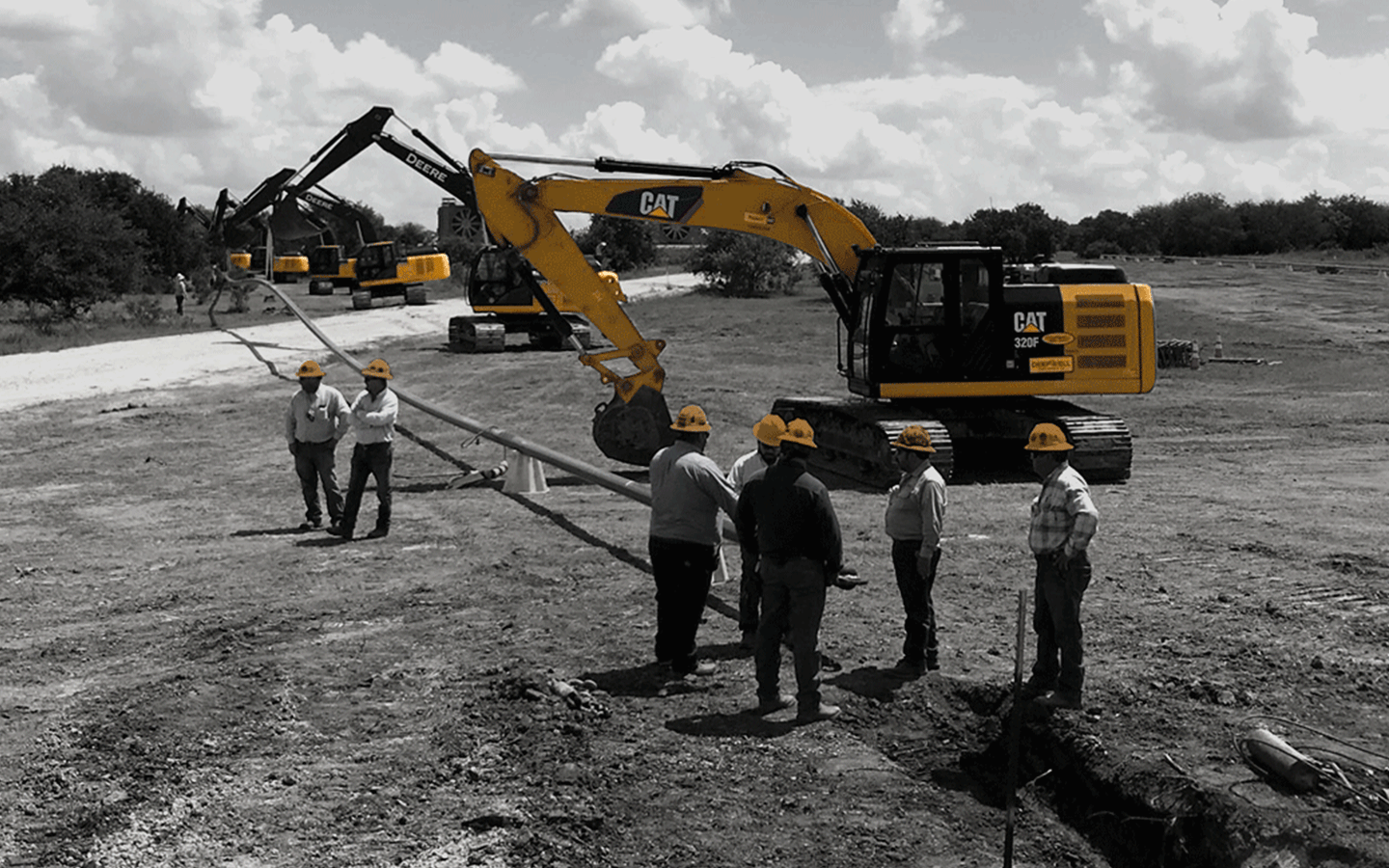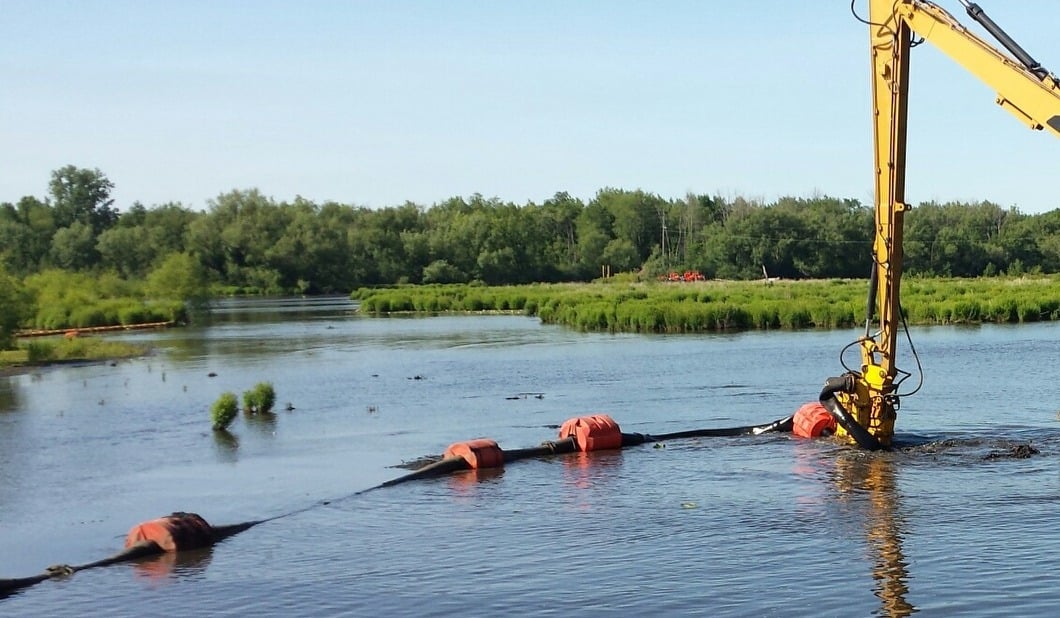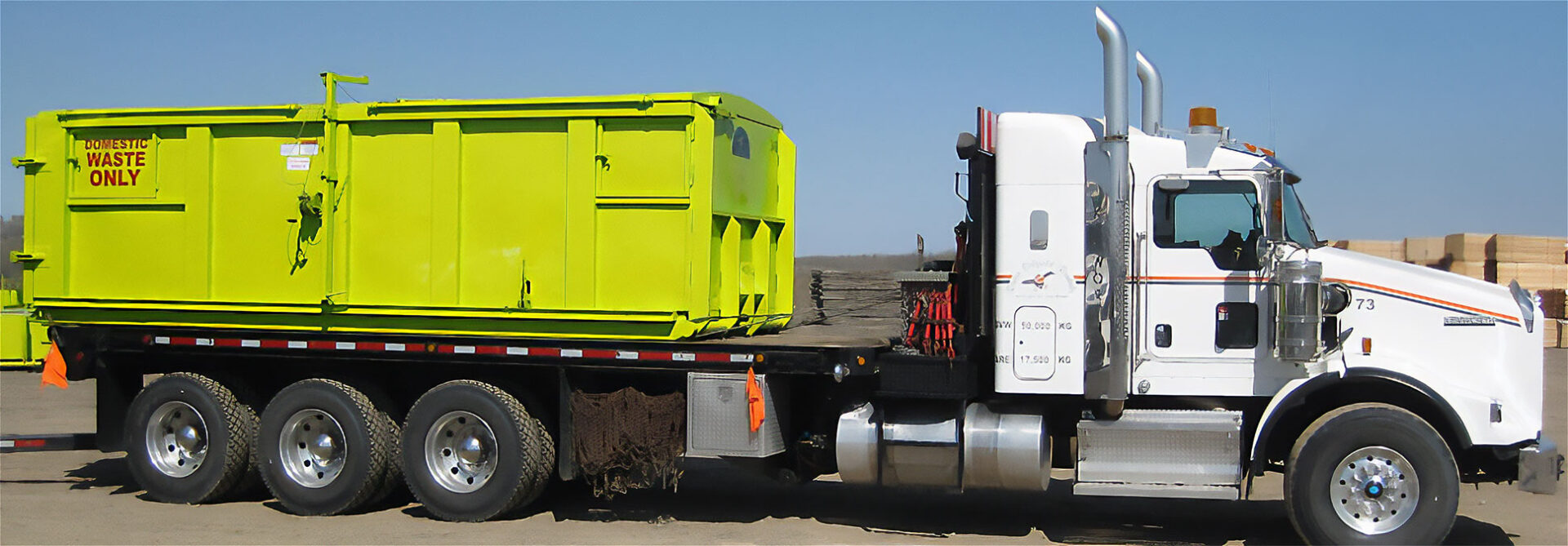A Comprehensive Guide to the Different Sorts Of Oil Field Equipment and Pipeline Equipment Available
The oil and gas industry depends greatly on customized devices for effective removal and transportation. Various kinds of equipment, from piercing rigs to storage tanks, play crucial roles in this complex procedure. Each tool serves unique features that add to total functional success. Comprehending these parts is important for any individual associated with the sector. As the industry develops, so as well do the modern technologies that support it. What developments are on the horizon?

Drilling Rigs: The Backbone of Oil Expedition
Drilling rigs offer as the vital machinery in the domain name of oil exploration, making it possible for business to accessibility hydrocarbon gets buried deep below the Earth's surface. These rigs come in numerous types, consisting of land rigs, offshore rigs, and mobile devices, each made to operate in certain settings. Geared up with innovative innovation, drilling rigs can permeate geological formations with precision, ensuring effective source extraction. The architectural integrity and operational capacities of these rigs are essential, as they need to hold up against extreme problems and significant pressures. In addition, the choice of a boring gear affects the overall job price and timeline, making it an essential consideration for oil companies looking for to maximize their exploration efforts and take full advantage of performance in their operations.
Pumps: Important for Liquid Activity
In the oil extraction process, the function of pumps is substantial, facilitating the motion of fluids throughout different phases of manufacturing. Pumps are important for moving crude oil, water, and other liquids from underground storage tanks to the surface and after that via pipelines to refineries. They are available in numerous kinds, consisting of centrifugal, favorable variation, and completely submersible pumps, each offering specific purposes based on the liquid attributes and functional requirements. Centrifugal pumps are typically utilized for their performance in high-flow applications, while favorable displacement pumps excel in dealing with thick fluids. The choice of pump impacts general effectiveness, functional safety and security, and maintenance costs. Correct selection and maintenance of pumps are crucial for optimizing manufacturing and minimizing downtime in oil field operations.
Valves: Managing Circulation and Pressure

Shutoffs play a crucial role in managing the circulation and stress of liquids within oil fields and pipes. Different kinds of valves offer distinct applications, each created to fulfill certain features fundamental for reliable operation - Superior Rentals fusion machines. Understanding the attributes and uses these valves is vital for maximizing system efficiency and safety
Types of Valves
Vital parts in oil area operations, valves play a vital duty in controlling the flow and pressure of fluids within pipes and tools. Numerous sorts of valves are utilized to meet the diverse demands of oil and gas manufacturing. Common types include gate valves, which supply a straight-line circulation and marginal pressure decrease; globe shutoffs, recognized for their strangling capacities; and ball valves, recognized for their quick on/off control. Furthermore, check shutoffs stop heartburn, while butterfly shutoffs supply a light-weight solution for regulating flow. Each valve kind is made with details products and arrangements to withstand the severe problems usually found in oil fields, making sure dependability and effectiveness in operations. Understanding these kinds is essential for reliable system administration.
Valve Applications and Functions
While various kinds of valves offer unique purposes, their primary applications rotate around managing flow and stress within oil and gas systems. Shutoffs such as entrance, globe, and round shutoffs regulate liquid motion, guaranteeing peak performance and safety and security. Entrance valves are commonly made use of for on/off control, supplying minimal circulation resistance. Globe shutoffs, on the various other hand, offer specific circulation regulation, making them ideal for throttling applications. Ball shutoffs are favored for their fast operation and limited sealing capacities. On top of that, pressure safety valve are critical for protecting against system overpressure, securing equipment honesty. In general, the appropriate option and application of valves boost operational performance, guaranteeing the dependable transportation of oil and gas through pipes and processing centers.
Compressors: Enhancing Gas Transport
Compressors play a crucial function in the reliable transport of gas, making certain that it moves efficiently via pipelines over lengthy distances. These tools enhance the stress of gas, enabling it to overcome friction and elevation adjustments within the pipeline system. Additionally, compressors assist in the harmonizing of supply and demand, suiting fluctuations in consumption and production prices. Various kinds of compressors are employed in the market, consisting of centrifugal, reciprocating, and rotating screw compressors, each offering distinct advantages based upon the functional needs. Regular maintenance of these compressors is crucial to make best use of efficiency and reduce downtime, eventually adding to a dependable gas transportation network. Their important feature emphasizes the importance of compressors in the overall oil and gas infrastructure.
Storage Tanks: Safe and Efficient Fluid Administration
Efficient transportation of gas depends on numerous sustaining systems, among which is the correct management of storage tanks. These tanks play a vital function in safely consisting of liquids, making certain this link that functional performance is maintained while reducing environmental dangers. Built from resilient materials, they are developed to withstand high pressures and corrosive elements. Correctly sized and tactically located, tank promote the smooth circulation of gas and various other liquids, stopping bottlenecks in supply chains. Regular upkeep and tracking are critical to detect leakages or architectural issues, promoting safety and security and conformity with regulative standards. Inevitably, the efficient management of storage containers is vital for the overall honesty and dependability of the oil and gas industry's liquid handling systems.
Pipeline Systems: Framework for Transport
Pipeline systems serve as the foundation of the oil and gas industry, promoting the effective transport of hydrocarbons over huge distances. These systems contain various parts, including pipelines, valves, pumps, and compressors, all diligently developed to assure Recommended Site seamless circulation. The materials made use of in pipeline building and construction, typically steel or high-density polyethylene, are selected for toughness and resistance to corrosion. Pipeline networks can extend across land and water, attaching production websites to refineries and warehouse. In addition, advanced modern technology enables real-time tracking of circulation rates and pressure degrees, enhancing operational performance. The strategic placement of these pipes minimizes environmental influence while optimizing source availability, thereby playing a necessary duty in meeting power needs globally.
Safety Equipment: Making Sure Employee and Environmental Protection
The operation of pipeline systems, while necessary for energy transportation, likewise offers substantial safety difficulties for workers and the atmosphere. Security tools plays a significant role in reducing these dangers. Individual safety tools (PPE) such as headgears, handwear covers, and non-slip shoes safeguards employees from physical hazards. Additionally, gas detection systems keep track of for leaks, guaranteeing that damaging compounds do not present a danger to workers or the bordering environment. Emergency situation shutdown systems are necessary for promptly stopping procedures during a crisis, preventing possible calamities. Spill control materials, including absorbents and obstacles, are essential for lessening environmental impact. Overall, spending in all-inclusive security equipment is critical for keeping functional integrity and shielding both employees and the atmosphere in the oil and gas industry.

Frequently Asked Concerns
Just how Do I Choose the Right Oil Field Equipment for My Job?
Picking the right oil field devices entails evaluating job specs, spending plan constraints, and operational demands. Think about variables such as equipment dependability, compatibility with existing systems, and the vendor's online reputation to guarantee peak performance and security.
What Are the Upkeep Needs for Oil Field Equipment?
Maintenance requirements for oil field devices include routine examinations, lubrication, and timely repair work. Operators ought to likewise adhere to maker standards, monitor performance metrics, and guarantee compliance with security policies to improve long life and efficiency.

How Can I Guarantee Conformity With Environmental Regulations?
To ensure conformity with environmental regulations, companies need to conduct regular audits, carry out finest techniques, buy training, keep appropriate paperwork, and remain upgraded on regulations (Superior Oilfield Rentals oilfield). Partnership with environmental agencies can additionally enhance adherence to guidelines
What Is the Average Life-span of Pipeline Equipment?
The ordinary lifespan of pipeline tools commonly varies from 20 to 50 years, relying on elements such as worldly high quality, ecological problems, and upkeep rc excavator hydraulic fully metal techniques. Regular examinations can considerably influence long life and operational effectiveness.
How Do I Securely Transport Oil Field Equipment to Remote Locations?
Carrying oil area equipment to remote areas requires careful preparation, including route evaluation, safeguarding permits, utilizing appropriate automobiles, and guaranteeing safety and security procedures are followed. Proper training and communication amongst staffs are important for successful transport.